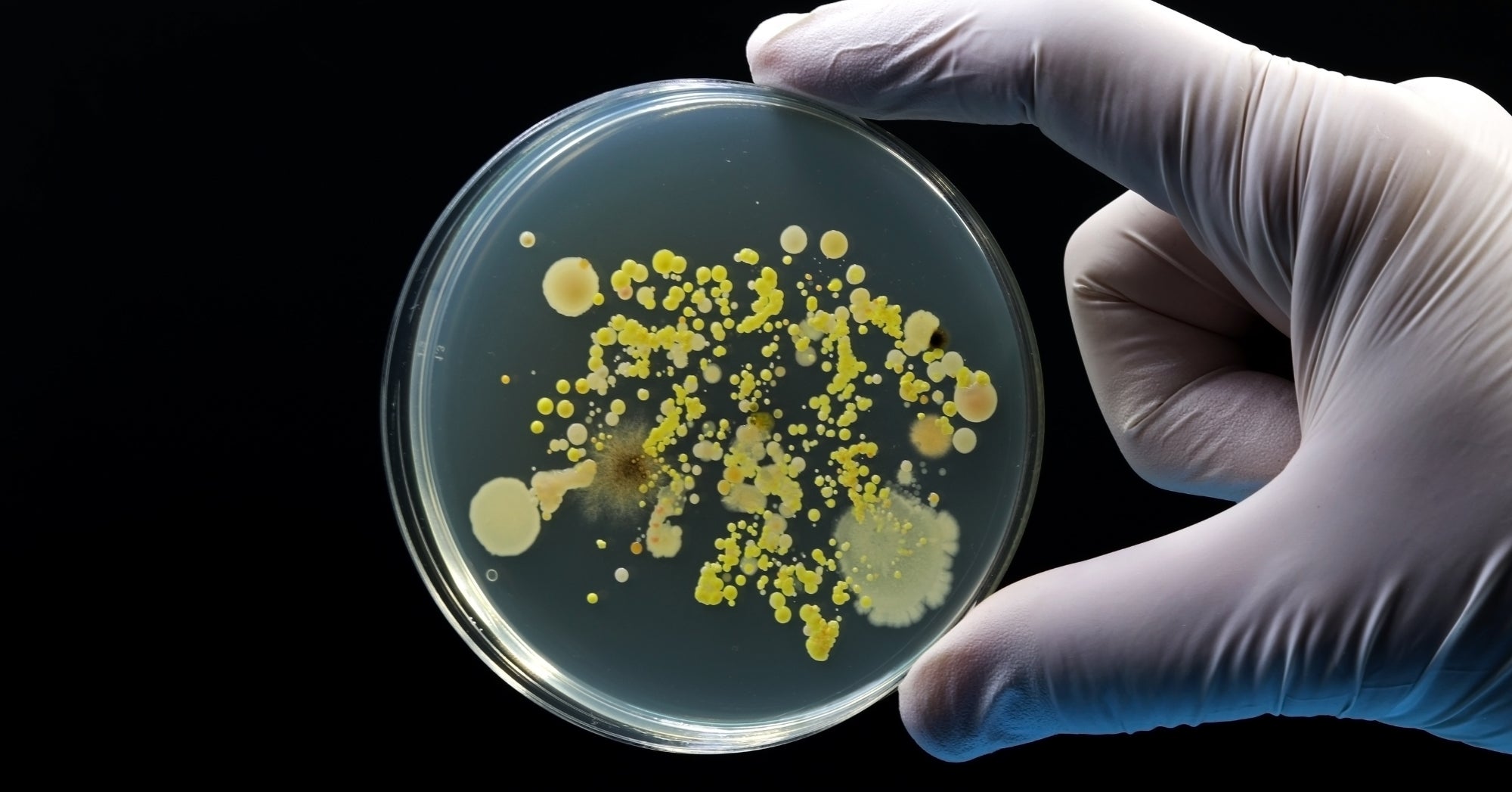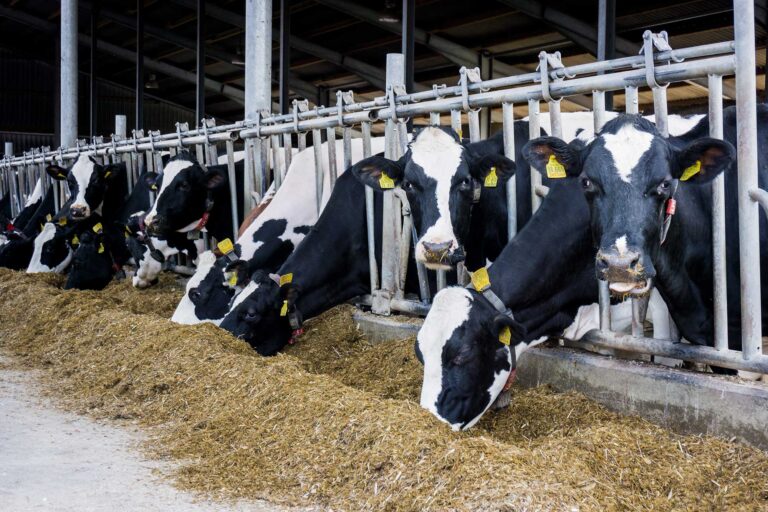While we’ve all heard of salmonella in chickens, salmonella in cows is likely unknown to many. Nevertheless, Salmonella dublin is a disease that has been present in cattle herds for decades — in Denmark as well as many other countries. And it is on the rise globally. It causes pneumonia, blood poisoning, and abortions, and kills many thousands of calves and cows every year.
Although Salmonella dublin infects humans far less frequently than the more regular salmonella, there is every reason to take it seriously: it is significantly more dangerous and kills up to 12 percent of those who become infected. At the same time, it is often resistant to antibiotics. Infection can occur through contact with animals as well as through unpasteurised dairy products and undercooked meat.
Still, Denmark has not managed to eradicate the disease – despite a national eradication plan launched in 2008, which set out to completely eliminate the disease. Today, the infection rate is estimated to be around 5% of Danish cattle herds, down from 20-25% in 2008. In contrast, the infection has increased in recent years to about 18% of herds in the United States and as much as 60% in the United Kingdom.
“Salmonella Dublin is not just a serious threat in the barn. Globally, it is a potential public health risk that is likely to grow as antibiotic resistance spreads. This is a bacterium that kills people every year, and it is high time we do more to combat it,” says Dagim Belay, Assistant Professor at the Department of Food and Resource Economics.
He and fellow researcher Jakob Vesterlund Olsen are behind a new study examining the economic impact of Salmonella Dublin across all Danish dairy farms over a 10-year period.
“Denmark has made great progress in the fight against this disease — so why have we not yet reached the goal? One possible reason is that farmers may not have a strong enough incentive to fight it. However, our research shows that the consequences are not only a matter of health – there are also hidden financial losses associated with infection,” says Senior Advisor Jakob Vesterlund Olsen from the Department of Food and Resource Economics.

The study shows that Salmonella Dublin leads to increased calf mortality, lower milk yield, higher medication costs and more veterinary treatments.
“The tricky thing about Salmonella Dublin is that it often flies under the radar. Many herds are infected without visible symptoms, meaning both the disease and the economic losses can develop gradually without being noticed. Infection reduces productivity and weakens the animals year after year — and the financial losses accumulate over time,” says Dagim Belay.
Cattle farms with high levels of infection face average additional annual costs of around EUR 11,300. But even herds with low levels of infection face financial losses. A typical herd of 200 dairy cows with low-level infection incurs extra variable costs of approximately EUR 6700 per year.
“Our estimates are conservative. They are based on data from a Danish system that already has a control programme – unlike most other countries. If similar estimates were made in the UK or the US, the economic costs would be significantly higher,” says Dagim Belay.
The researchers highlight a key problem in how Danish authorities currently monitor Salmonella Dublin. The Danish Veterinary and Food Administration measures the level of antibodies against the bacterium in the farm’s milk tank, and if the antibody level is below a certain threshold, the herd is deemed salmonella-free.
“Threshold-based regulation has been instrumental in helping Denmark substantially reduce the prevalence of Salmonella Dublin to its current low level. But the current threshold is rather arbitrarily set. And our data shows that production losses already occur at infection levels well below that threshold,” says Jakob Vesterlund Olsen.
“So, it is also crucial to give farmers stronger incentives to eradicate the problem. For example, by offering subsidies to farmers who invest in prevention, early detection and control measures, or by introducing a discounted milk price for milk from chronically infected herds,” says Dagim Belay.
Finally, the researchers urge authorities to provide targeted information to cattle producers about the hidden costs of Salmonella Dublin and about effective control strategies.
The researchers analysed how Salmonella Dublin impacted all Danish dairy farms during the period 2011–2021.
The study is published in the journal Agricultural Economics.


:max_bytes(150000):strip_icc()/EM8A3012-2048x1365-b12deb244f4346d79093f2d36314416c.jpg)
:max_bytes(150000):strip_icc()/reynolds-india-trade-2024-_-cami-koons-2048x1152-041b3fbeac6d4b1eb2a3c73b37253d9f.jpg)
:max_bytes(150000):strip_icc()/52491354228_18f18de127_o-bffadd2f8e6d445abbf102f1ce2bd3e6.jpg)



:max_bytes(150000):strip_icc()/46032697961_5a500b9cdd_6k-27480aa115124199807005b6d303fd41.jpg)
:max_bytes(150000):strip_icc()/GettyImages-511832257-590cd2c83df78c92835ba292.jpg)
:max_bytes(150000):strip_icc()/10637561213_3dcac666b6_o-2-2000-cf0a1358806b450aa03dd7d90509b9c4.jpg)